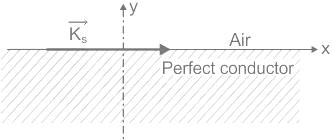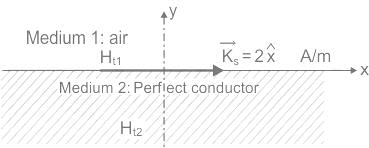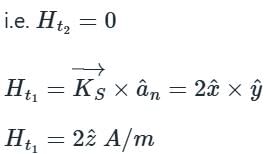Test: Magnetic Boundary Conditions - Electrical Engineering (EE) MCQ
10 Questions MCQ Test - Test: Magnetic Boundary Conditions
Find the correct relation between current density and magnetization.
The tangential component of the magnetic field intensity is continuous at the boundary of separation of two media. State True/False.
In air, the tangential component of flux density is continuous at the boundary. State True/False.
The flux density of medium 1 has a normal component of 2.4 units, then the normal component of the flux density in the medium 2 will be
The normal component of magnetic field intensity at the boundary of separation of the medium will be
Find the magnetization of the material with susceptibility of 6 units and magnetic field intensity of 13 units.
Find the ratio of permeability of the two media when the wave is incident on the boundary at 45 degree and reflected by the boundary at 60 degree.
Find the magnetic moment of a material with magnetization 5 units in a volume of 35 units.
A boundary of separation between two magnetic materials is identified by which factor?
A region shown below contains a perfect conducting half-space and air. The surface current  on the surface of the perfect conductor is
on the surface of the perfect conductor is  amperes per meter. The tangential
amperes per meter. The tangential  field in the air just above the perfect conductor is
field in the air just above the perfect conductor is



















